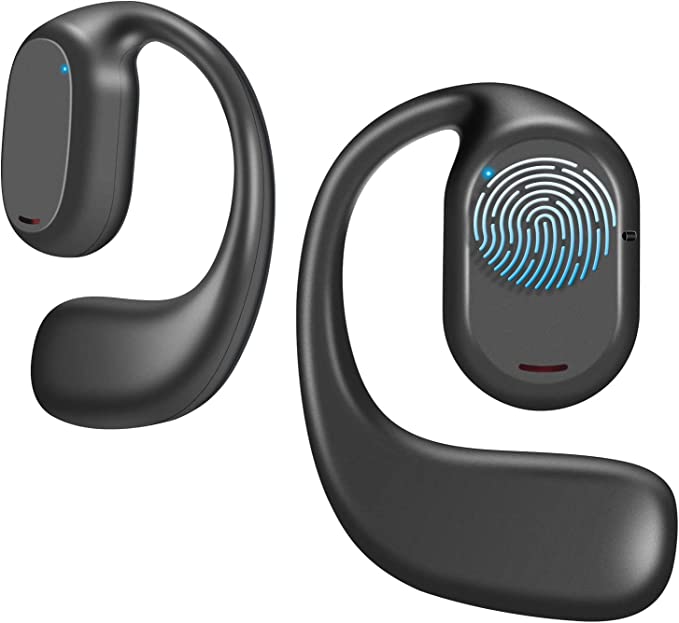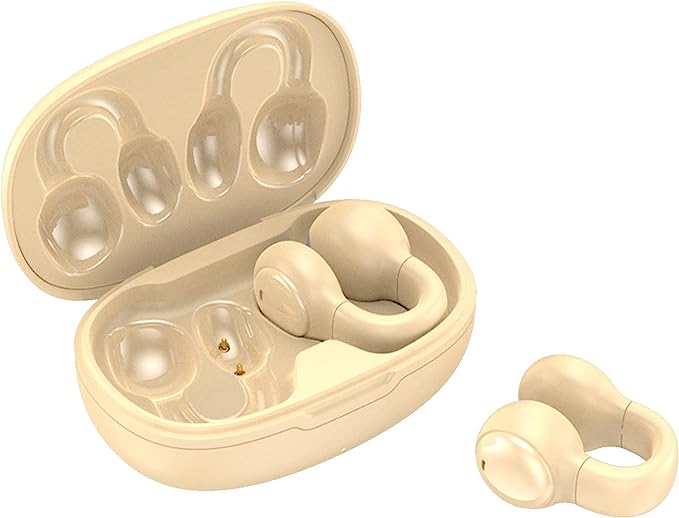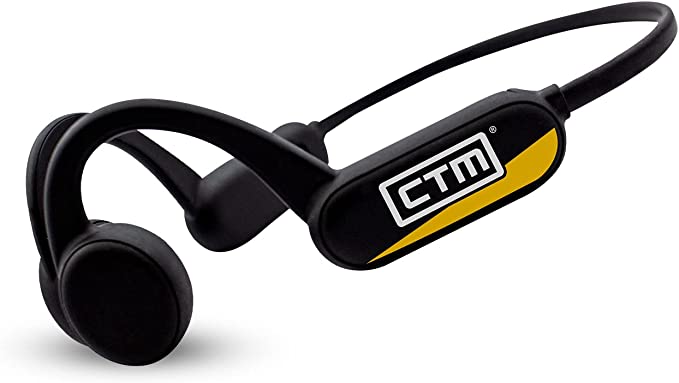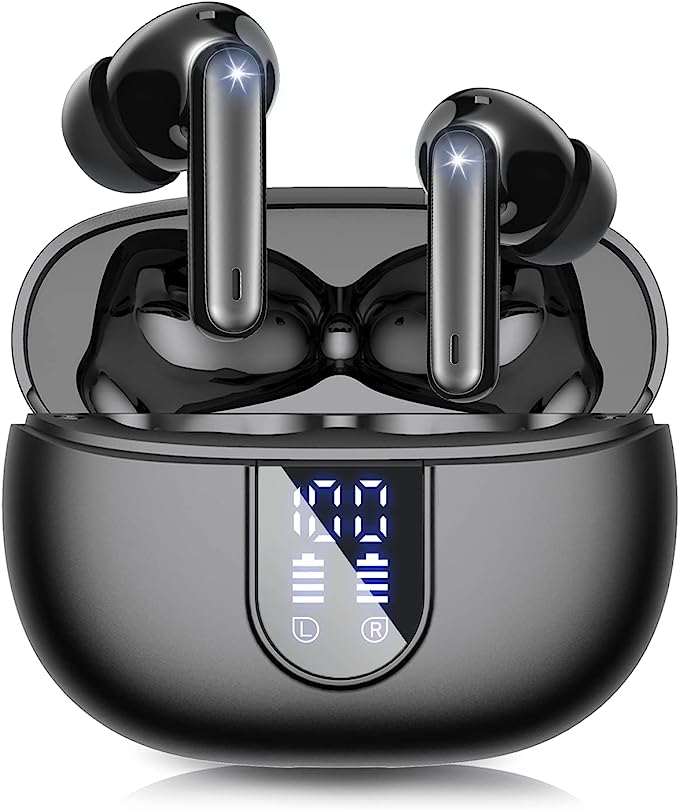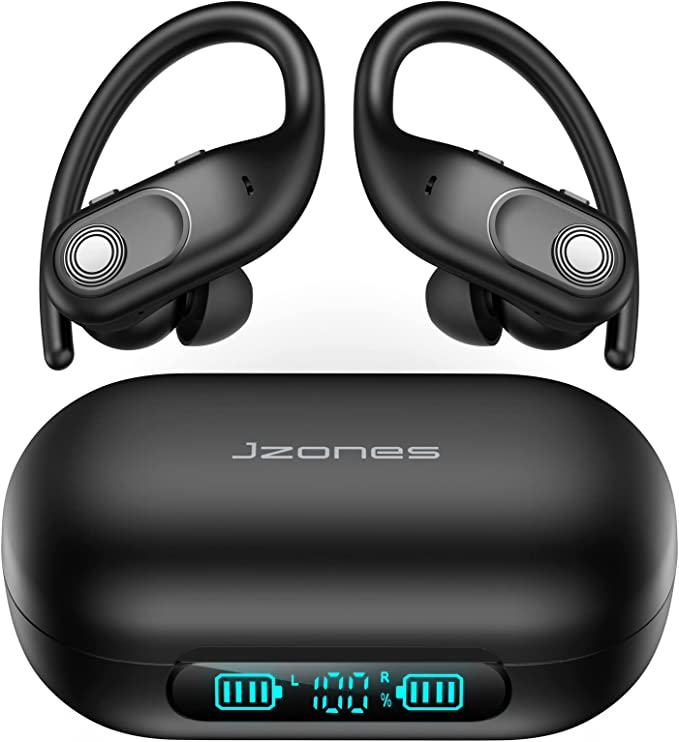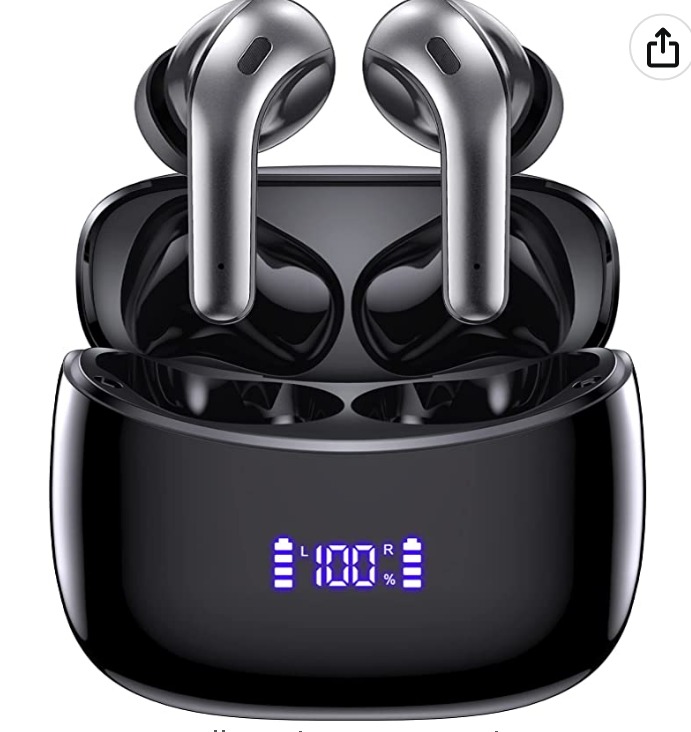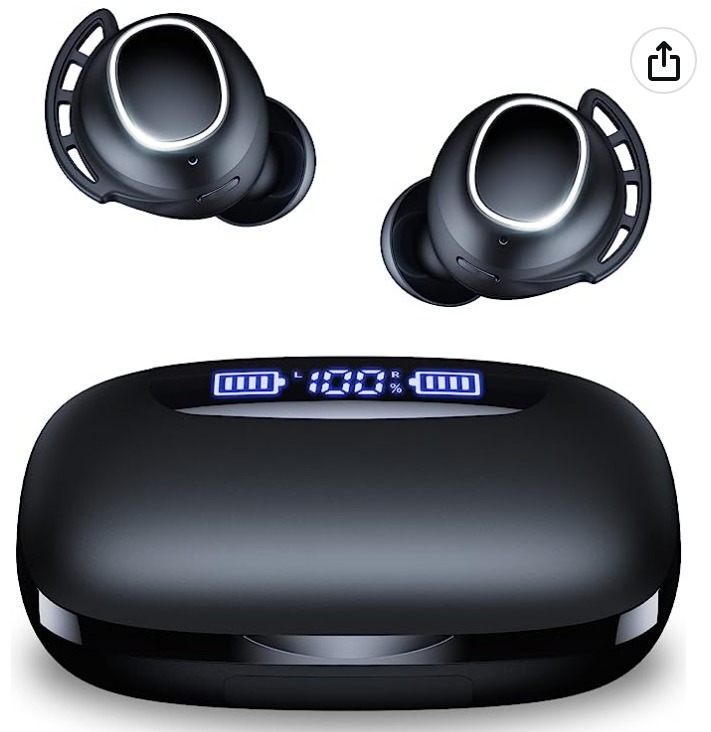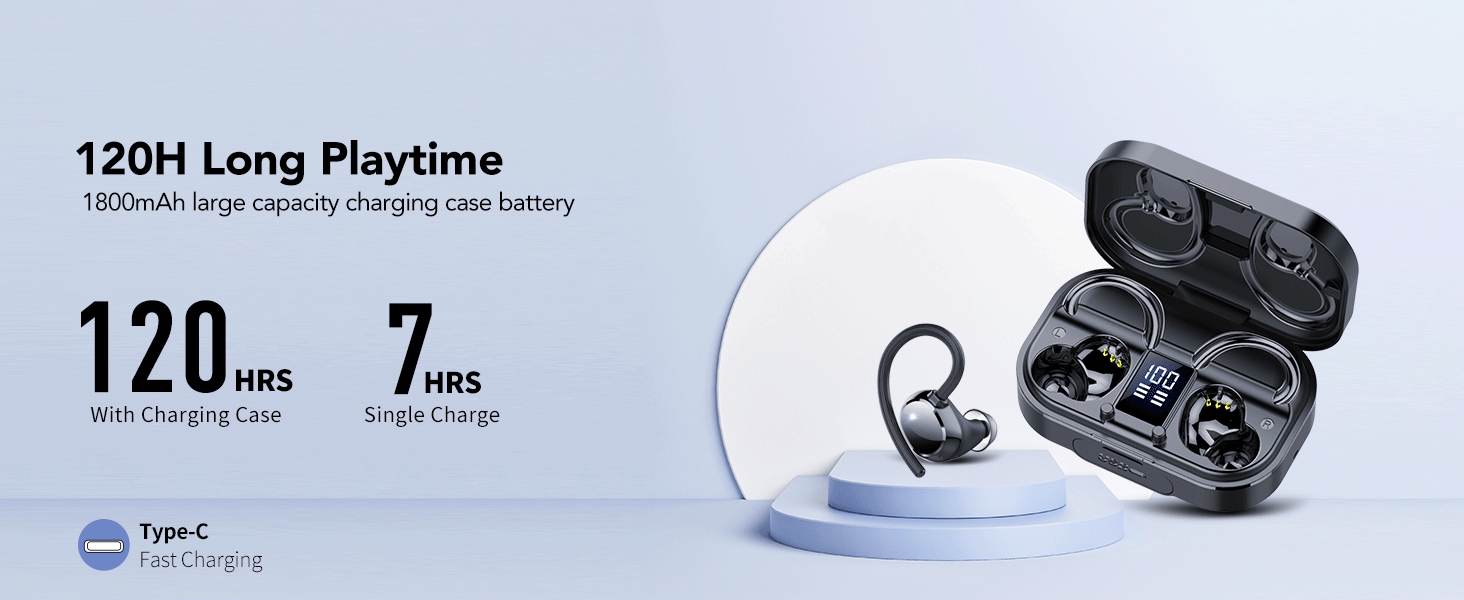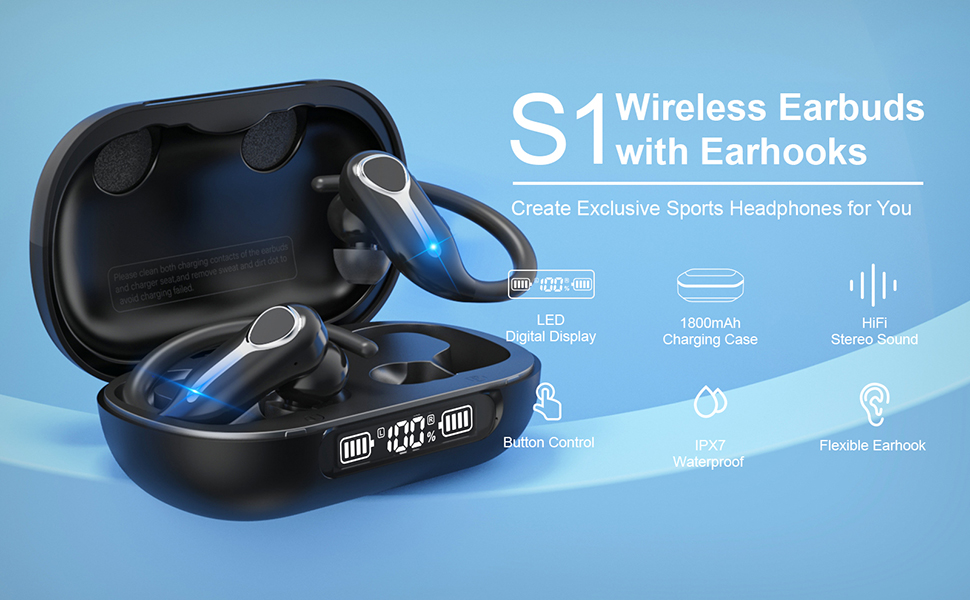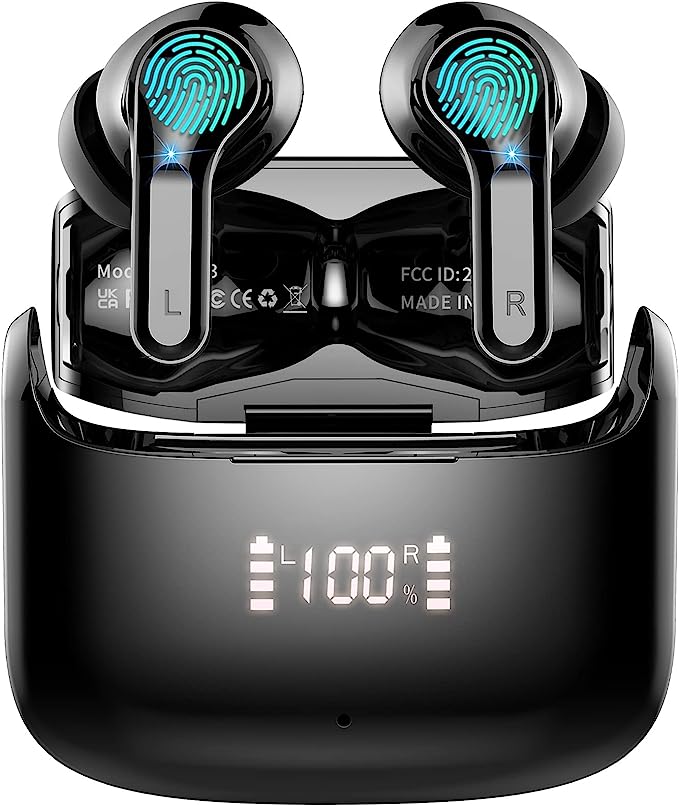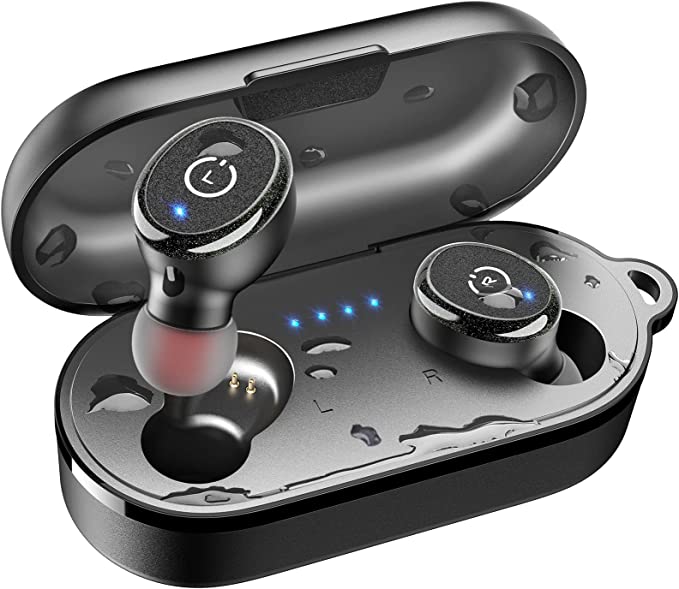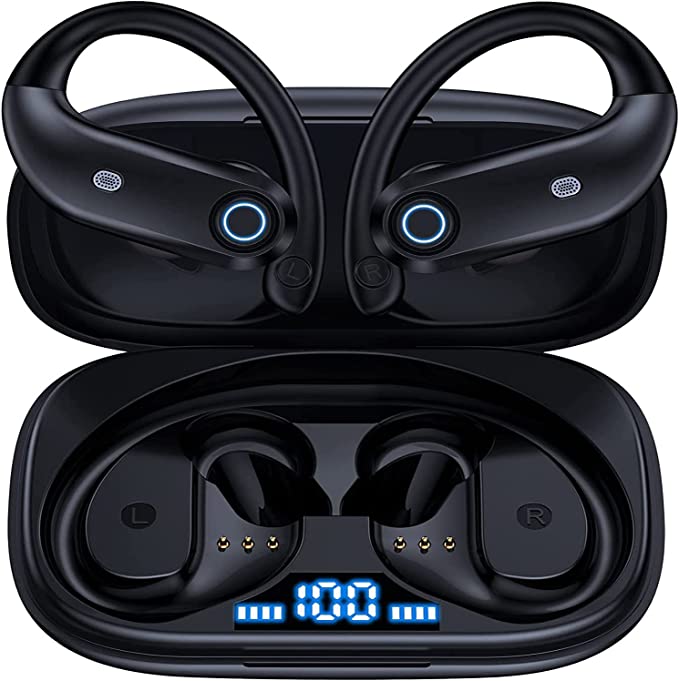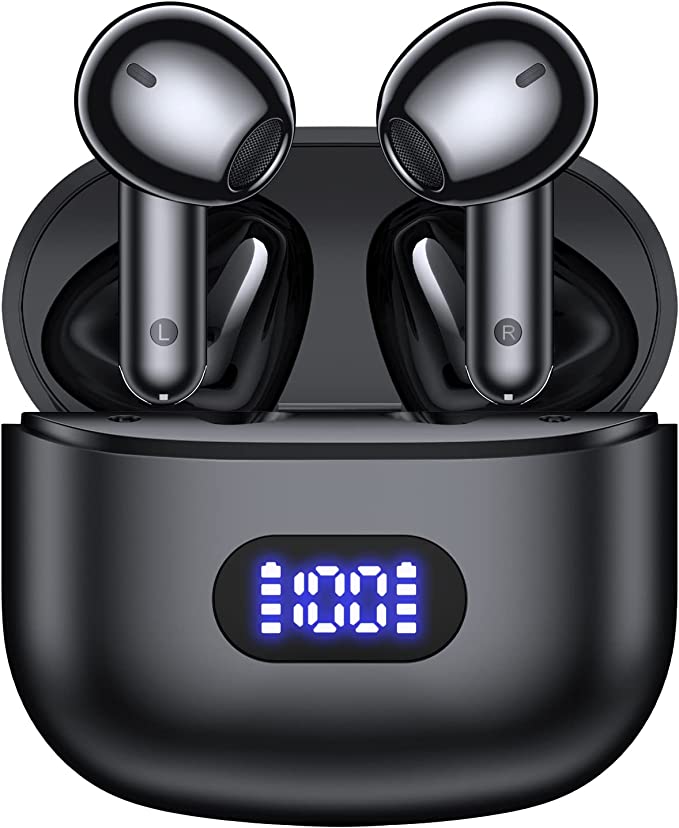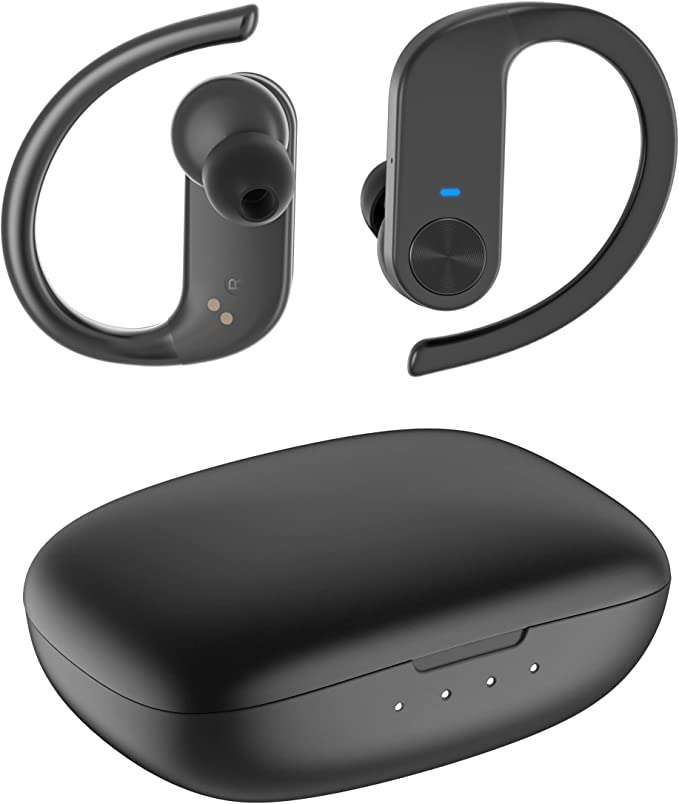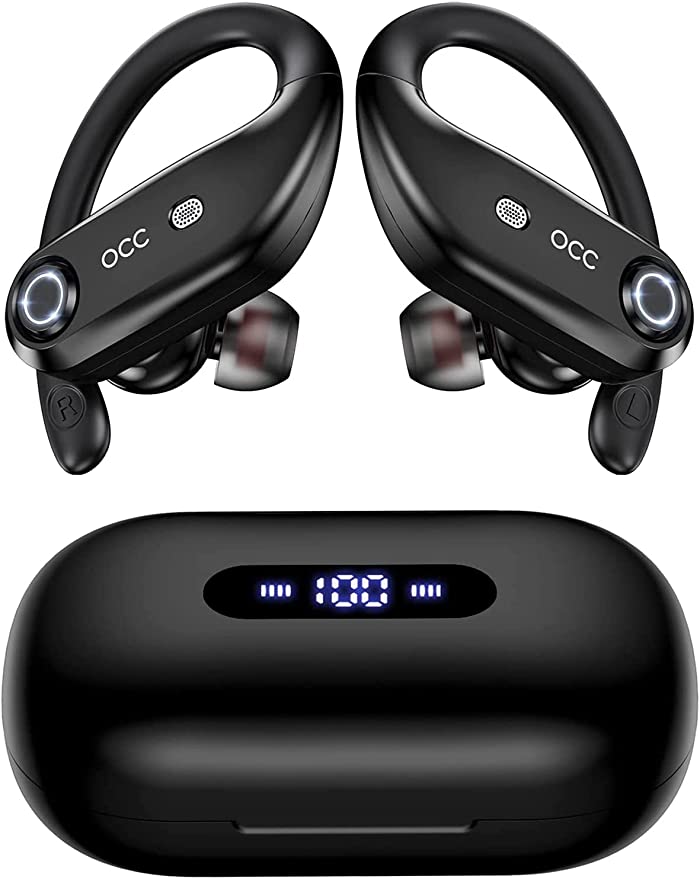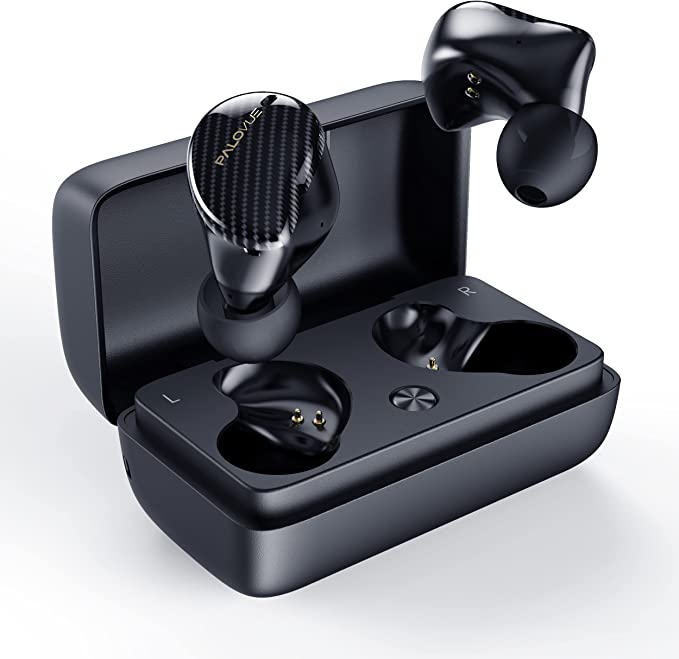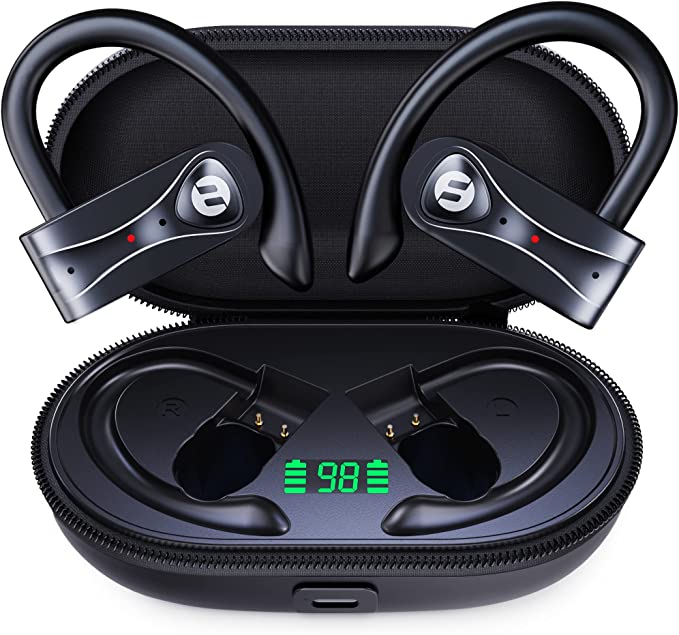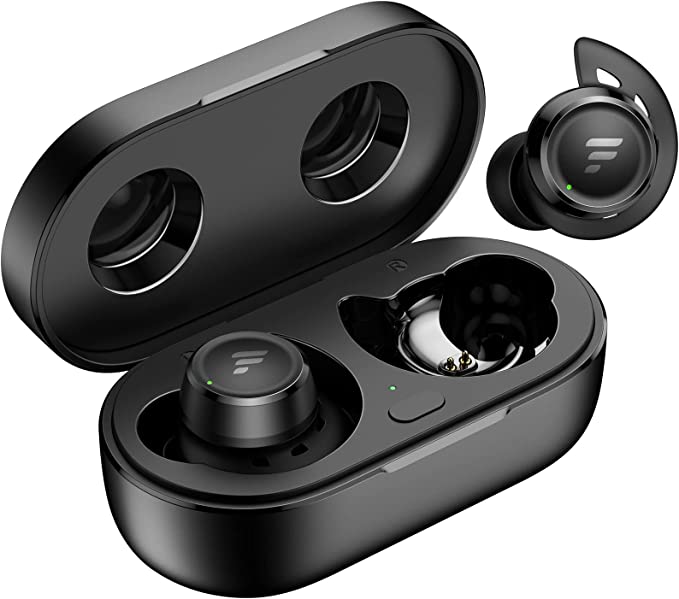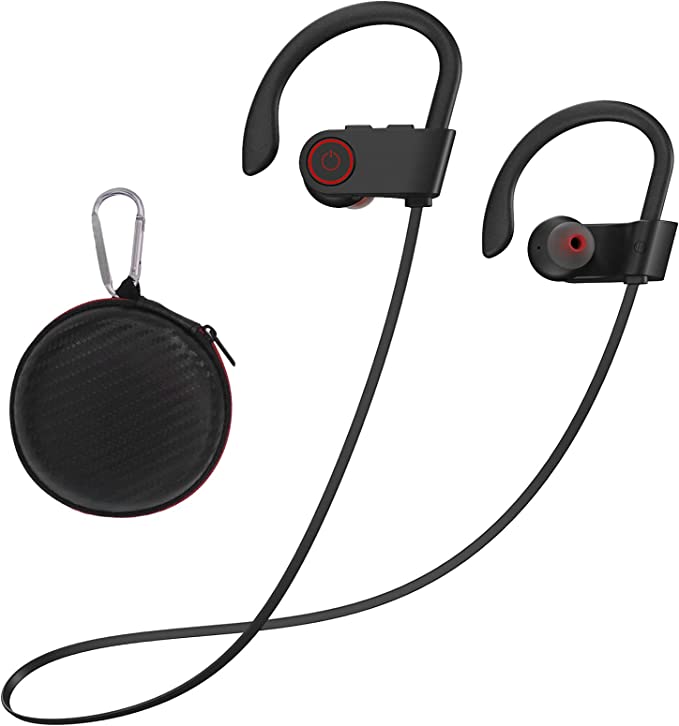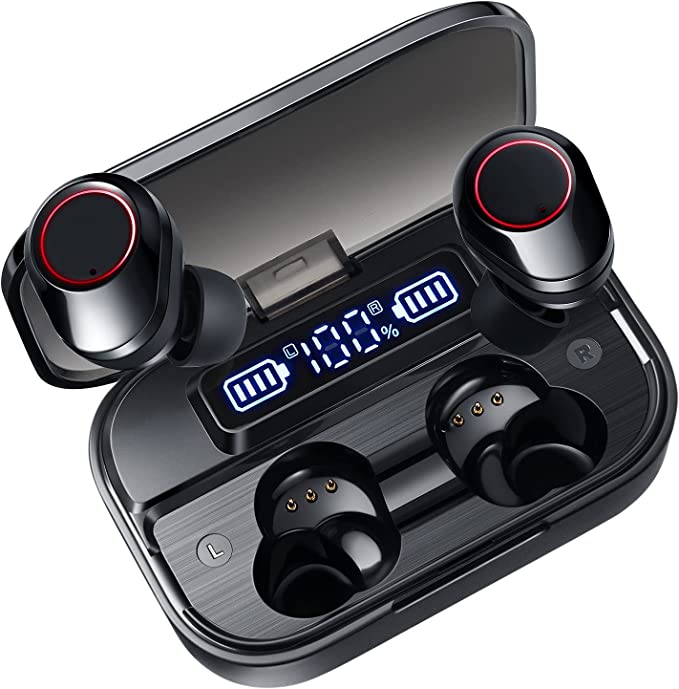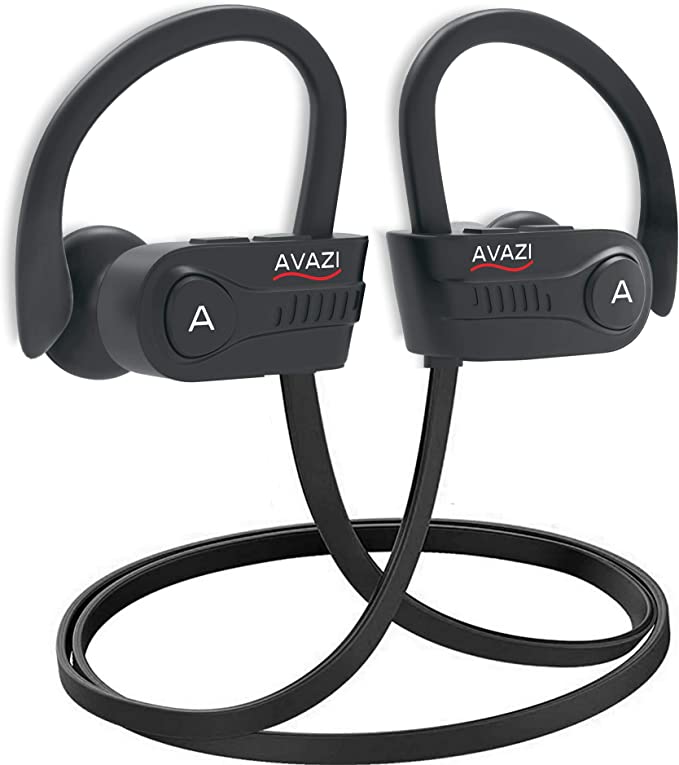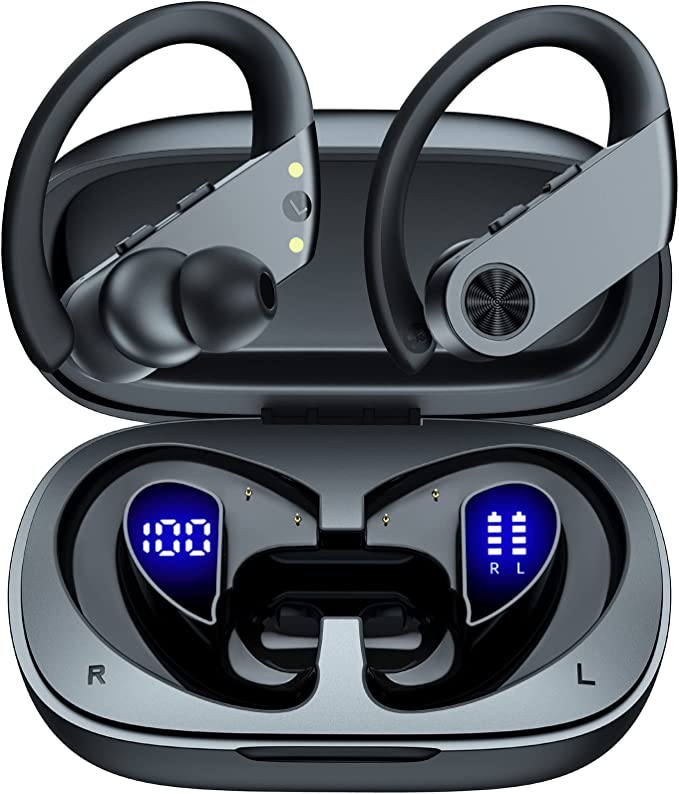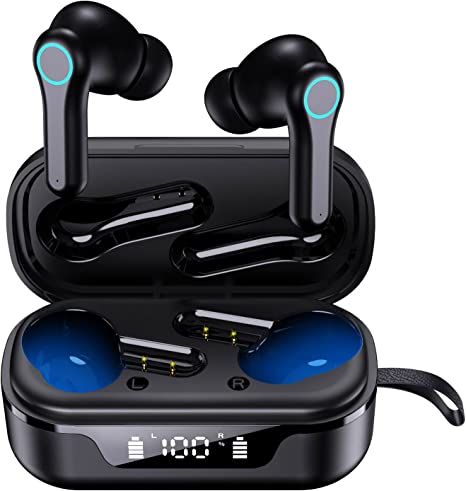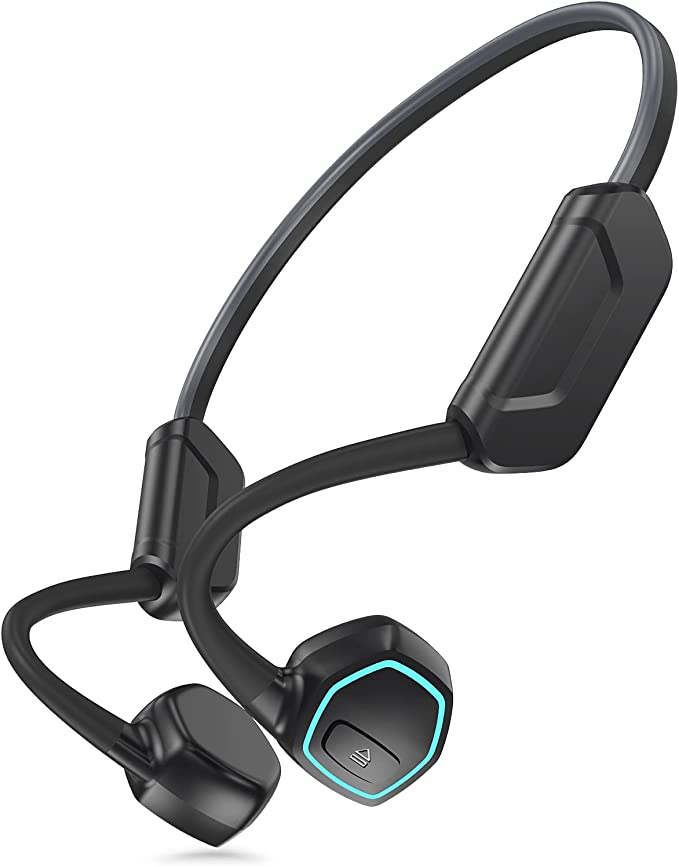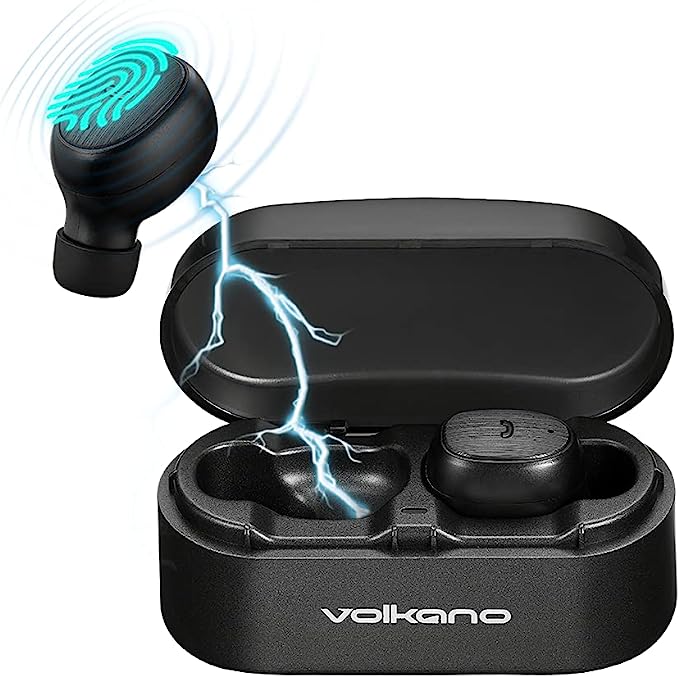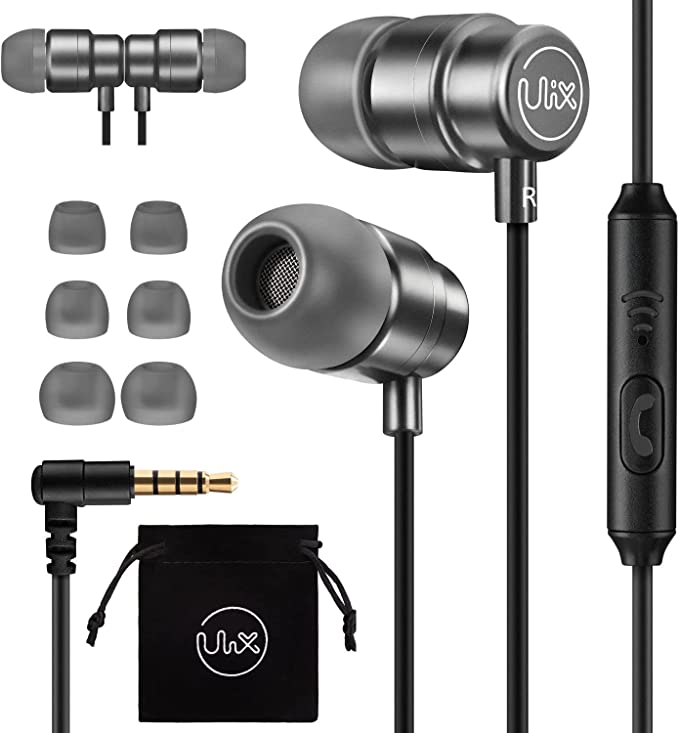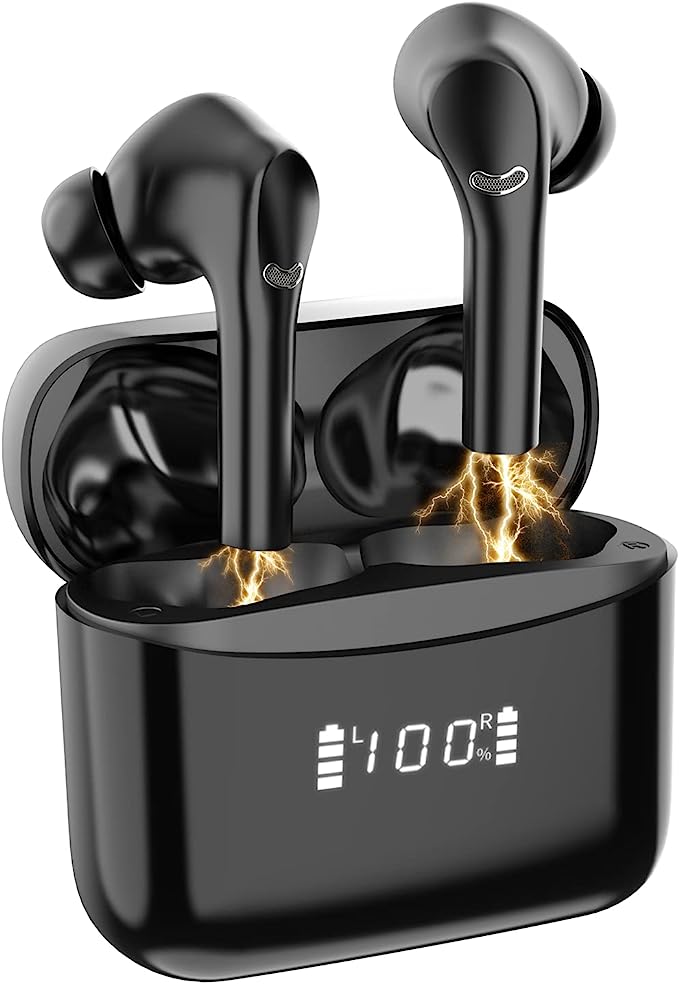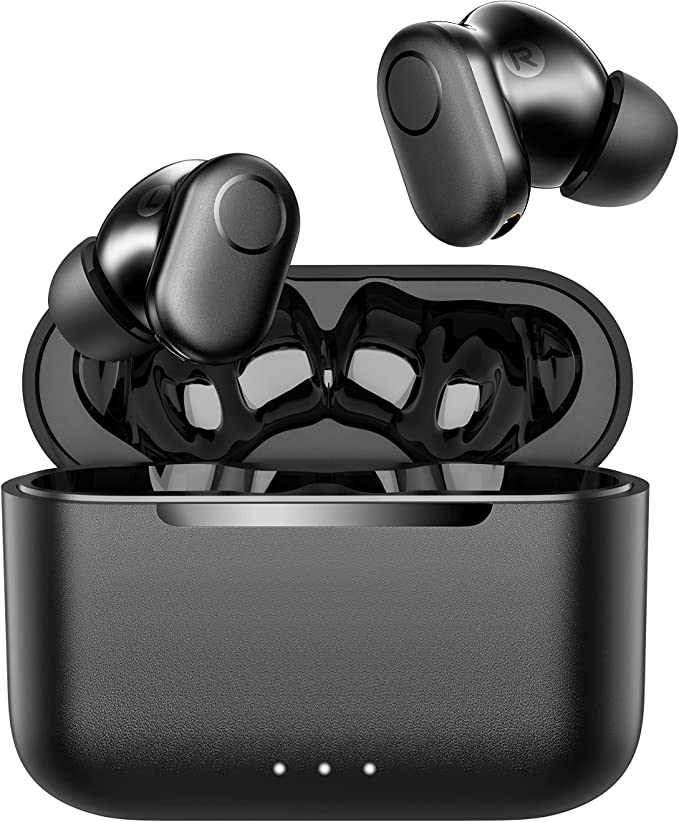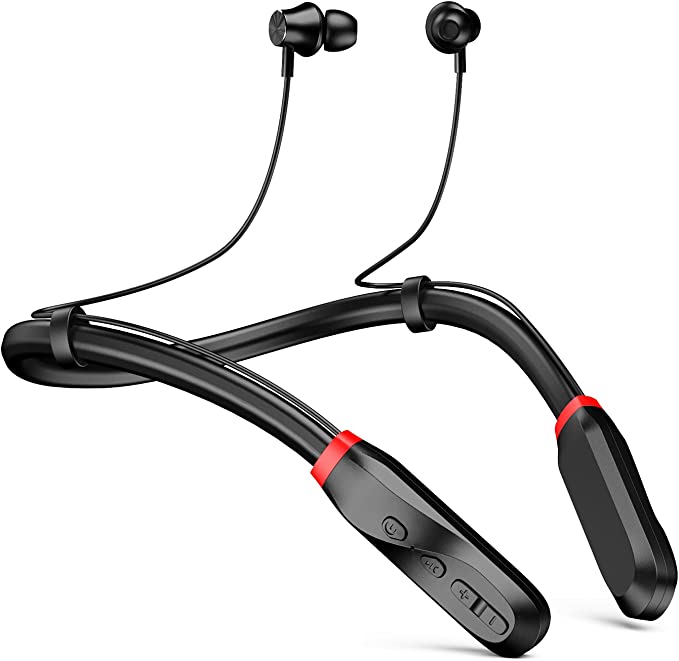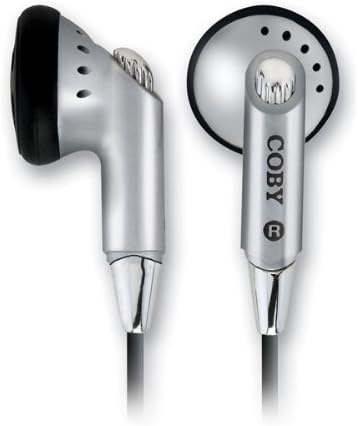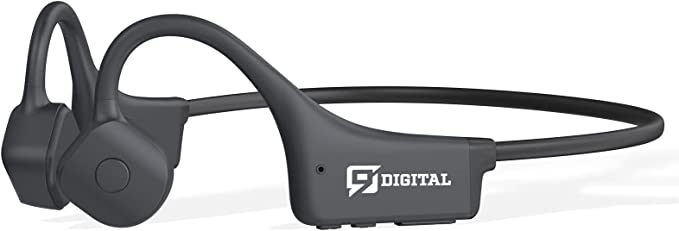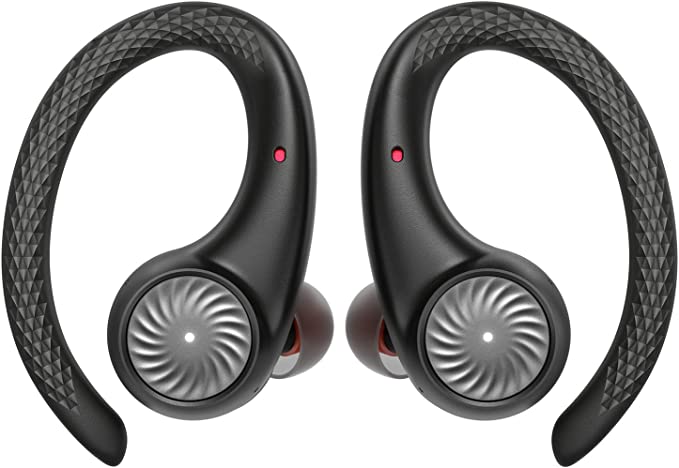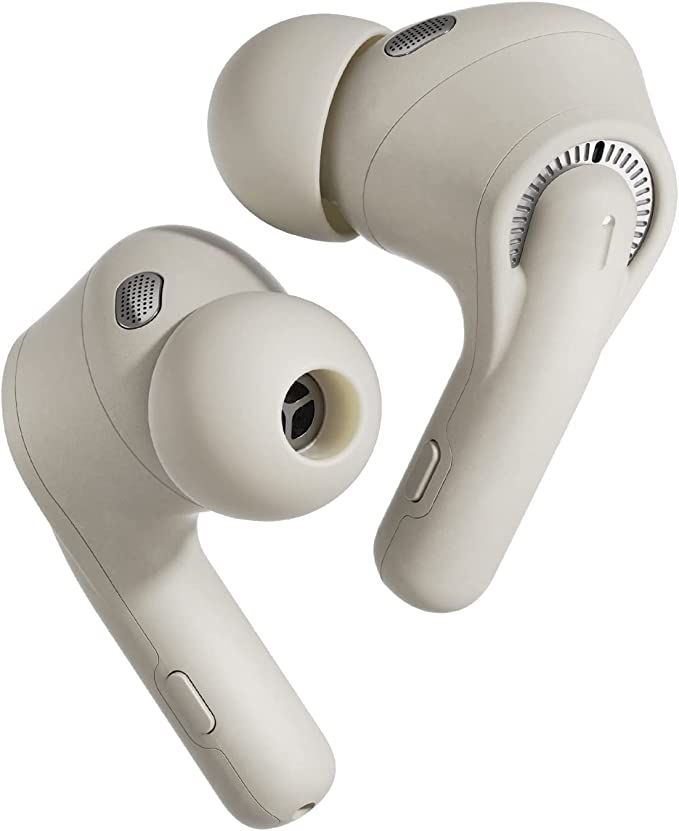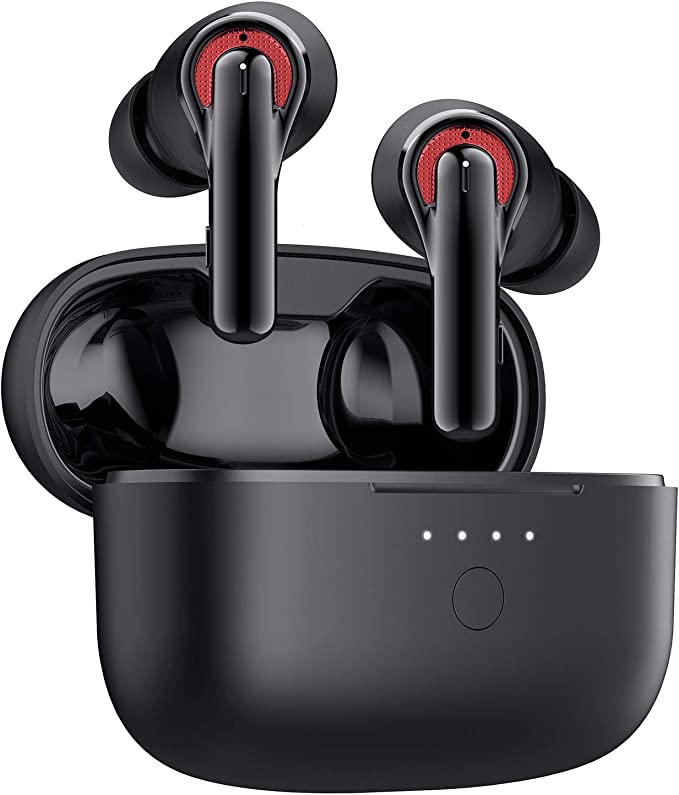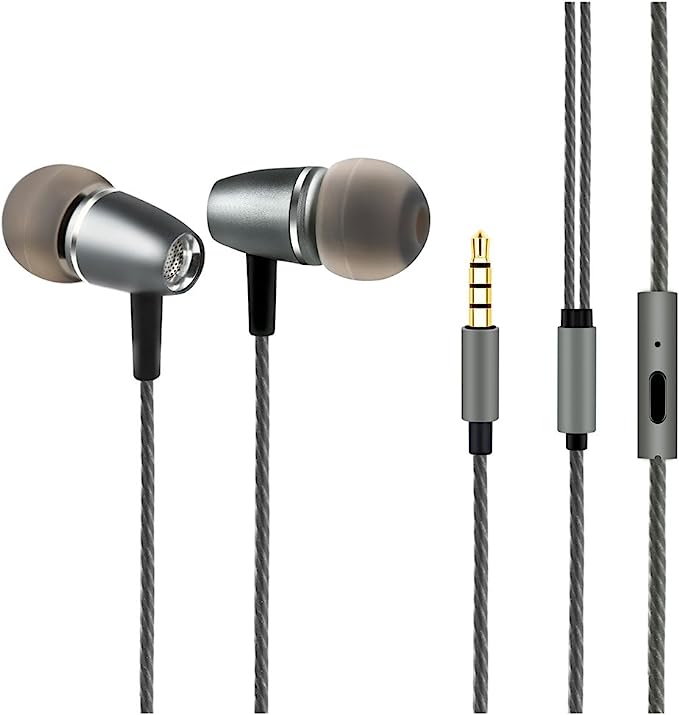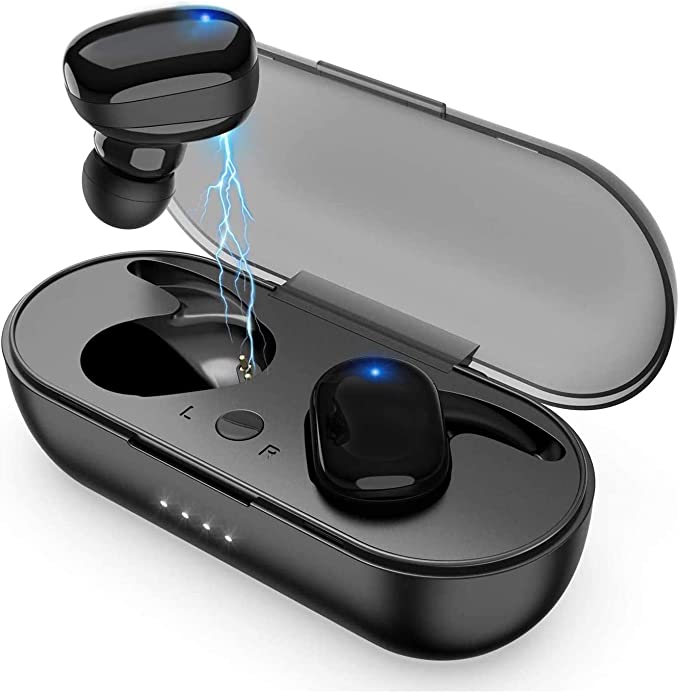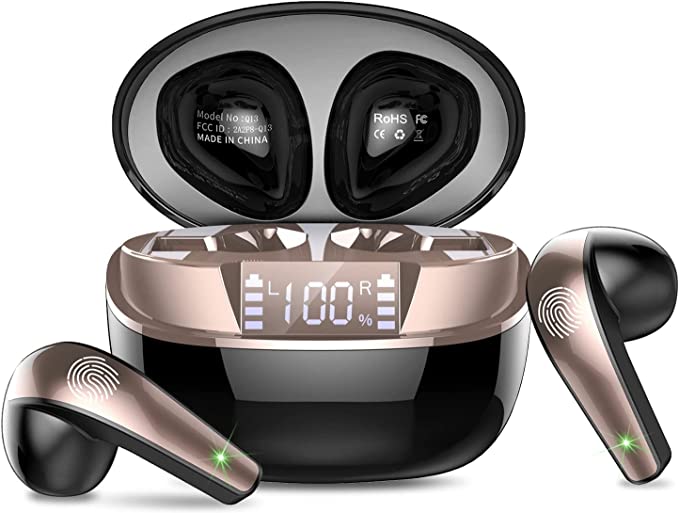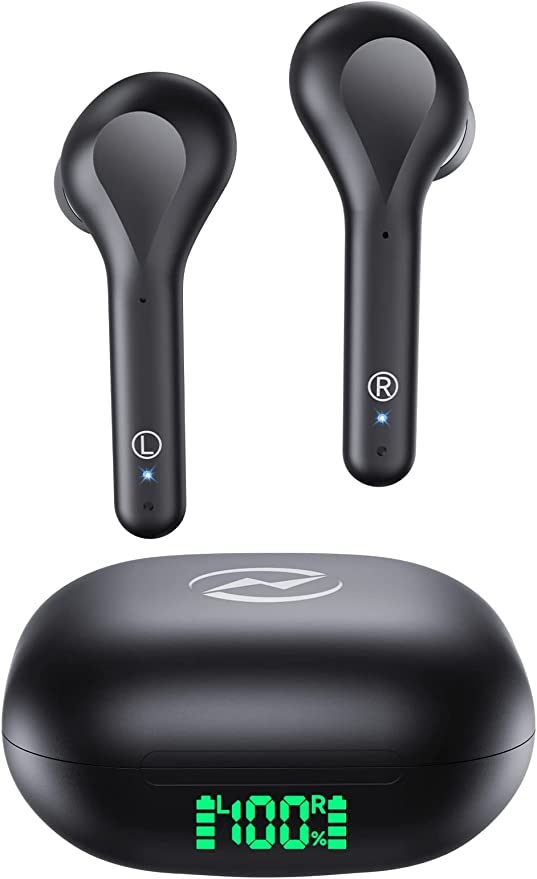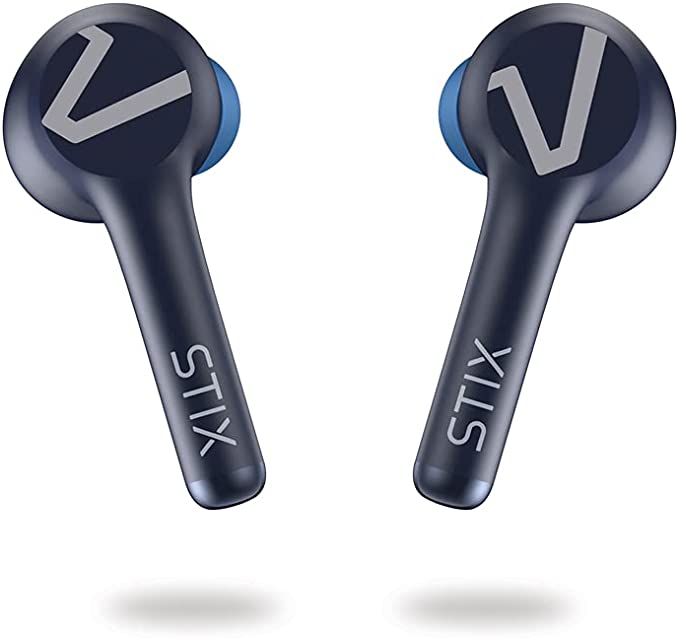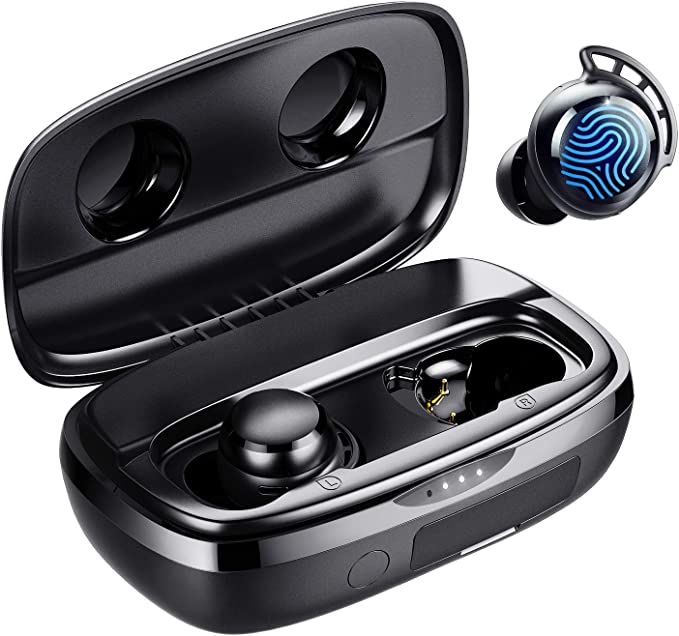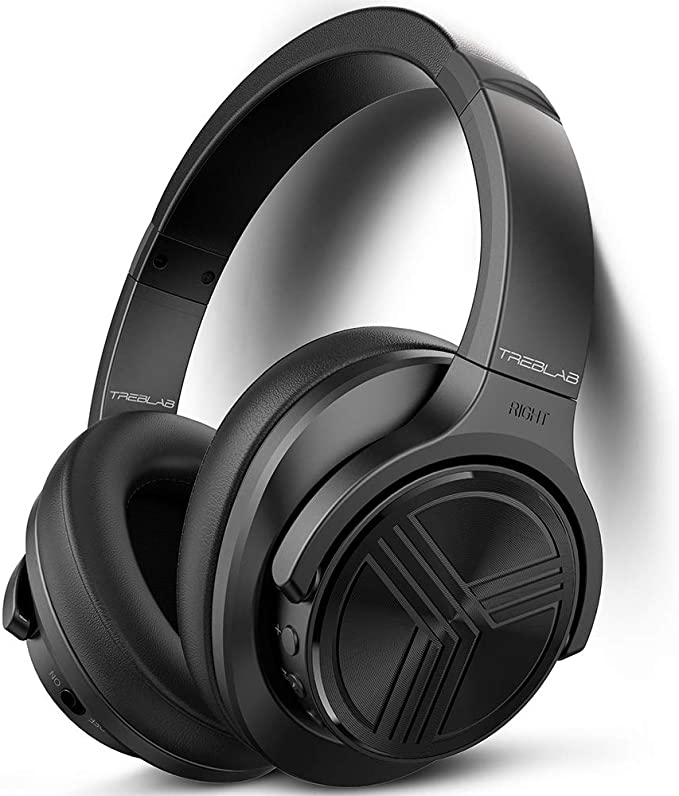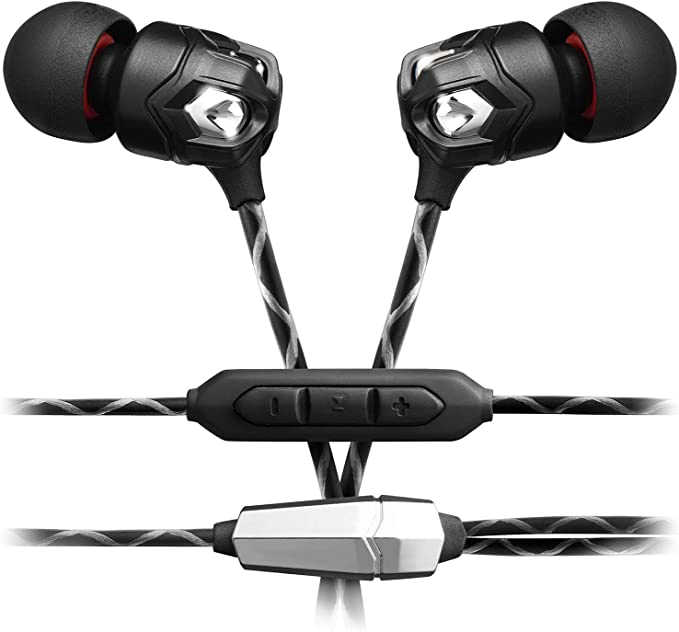Open-Ear Headphones: Stay Aware, Stay Connected with Avantree Breeze
Update on Feb. 17, 2025, 9:35 a.m.
Imagine you’re jogging down a busy street, lost in your favorite playlist. Suddenly, a cyclist speeds past, narrowly missing you. You realize you were so immersed in your music that you didn’t hear the warning bell. This is a common problem with traditional earbuds that seal off your ear canal, blocking out the sounds of the world around you. But what if you could enjoy your music and stay aware of your surroundings? That’s the promise of open-ear headphones, and the Avantree Breeze is a prime example of this innovative technology.

The Science of Sound: A Quick Primer
Before we dive into open-ear headphones, let’s briefly touch on how we hear. Sound travels in waves, and these waves cause our eardrums to vibrate. These vibrations are then translated into electrical signals that our brain interprets as sound. Traditional headphones deliver sound directly into the ear canal, creating a sealed environment that isolates you from external noise.
Air Conduction vs. Bone Conduction: What’s the Difference?
Open-ear headphones, like the Avantree Breeze, primarily use air conduction to transmit sound. This means they work similarly to traditional headphones, but instead of placing a speaker directly inside your ear canal, they position it near your ear. The sound waves travel through the air to your eardrum, just like they would if you were listening to a speaker across the room.
This is different from bone conduction headphones, which bypass the eardrum entirely. Bone conduction headphones send vibrations through the bones of your skull directly to your inner ear. While both technologies allow you to hear your surroundings, they offer different sound profiles and sensations. Air conduction generally provides a more natural sound, while bone conduction can sometimes feel “ticklish” and may lack bass response.

How Open-Ear Headphones Work: A Balancing Act
The design of open-ear headphones is a careful balancing act. Engineers need to position the drivers (the tiny speakers) close enough to the ear to deliver clear audio, but far enough away to allow external sounds to reach your eardrum. This creates a unique listening experience where you can hear both your music (or podcast, or phone call) and the sounds of your environment.
One of the biggest challenges in open-ear headphone design is sound leakage. Because the ear isn’t sealed, some sound inevitably escapes and can be heard by others nearby. Another challenge is maintaining a good bass response. Bass frequencies tend to dissipate more easily in an open-ear design.

The Advantages of Staying Aware
Why is situational awareness so important? It comes down to safety and engagement with the world around you.
- For Runners and Cyclists: Hearing approaching traffic, cyclists’ bells, or other warning signals is crucial for avoiding accidents.
- In the Office: You can listen to music or take calls while still being able to hear colleagues, participate in conversations, or be aware of important announcements.
- In Everyday Life: Whether you’re walking down the street, waiting for a train, or simply relaxing at home, being aware of your surroundings can help you stay safe and connected.
The Avantree Breeze: Open-Ear Listening Made Easy
The Avantree BTHS-TW118 Breeze Open-Ear Wireless Earbuds are designed to deliver the benefits of open-ear listening in a comfortable, affordable, and user-friendly package.
Key Features and Their Benefits:
- Open-Ear Design: The core of the Breeze’s design is its open-ear structure. This allows you to hear ambient sounds, keeping you connected to your environment while you enjoy your audio. This is a significant safety advantage, particularly for outdoor activities.
- Lightweight Comfort: Weighing in at just 19 grams, the Breeze is designed for all-day wear. The soft earhooks gently rest over your ears, avoiding the pressure and discomfort often associated with in-ear earbuds. You might even forget you’re wearing them!
- Extended Playtime: With up to 7 hours of playtime on a single charge, and a total of 35 hours with the included charging case, the Breeze can keep up with even the longest days. You can listen to podcasts on your commute, enjoy music during your workout, and take calls throughout the day, all without worrying about running out of power.
- Clear Voice Emphasis: The Breeze is tuned to emphasize treble and higher frequencies. This results in clearer, more pronounced voice audio, making it ideal for podcasts, audiobooks, and phone calls. A boosted maximum volume of 107dB further ensures that you won’t miss a word, even in moderately noisy environments.
 * Built-in Controls: Physical buttons on each earbud allow you to control your music and calls without needing to reach for your phone. You can play/pause, adjust the volume, skip tracks, and answer/reject calls with a simple press. This is particularly useful when you’re exercising or have your hands full.
* Built-in Controls: Physical buttons on each earbud allow you to control your music and calls without needing to reach for your phone. You can play/pause, adjust the volume, skip tracks, and answer/reject calls with a simple press. This is particularly useful when you’re exercising or have your hands full.
Addressing Common Concerns:
- Sound Leakage: It’s true that open-ear headphones have some sound leakage, especially at higher volumes. However, the Breeze’s design minimizes this as much as possible. In most everyday situations, the leakage is unlikely to be noticeable or disruptive to others.
- Audio Quality: While the Breeze may not deliver the deep, booming bass of some in-ear headphones, it prioritizes clarity, especially for vocals. This makes it an excellent choice for spoken-word content and phone calls. If you’re primarily a bass-head, you might find the sound profile lacking, but for many users, the trade-off for situational awareness is well worth it.
- Fit: The ear hook could be more firmed.

The Future of Open-Ear: What’s Next?
Open-ear headphone technology is constantly evolving. We can expect to see advancements in several areas:
- Improved Sound Quality: Engineers are working on ways to enhance bass response and overall audio fidelity in open-ear designs.
- Better Noise Cancellation: While the goal is to maintain situational awareness, some level of noise cancellation can be beneficial in certain environments. Future open-ear headphones may incorporate “smart” noise cancellation that selectively filters out distracting sounds while letting in important ones.
- Smaller, More Comfortable Designs: Advances in materials and miniaturization will likely lead to even lighter and more comfortable open-ear headphones.
- Integration with Smart Assistants: We may see open-ear headphones that seamlessly integrate with voice assistants and other wearable technologies.
Conclusion: Embrace the Open Sound
Open-ear headphones, like the Avantree Breeze, offer a unique and valuable listening experience. They allow you to stay connected to the world around you while enjoying your audio, providing a blend of safety, comfort, and convenience. If you’re looking for a way to enjoy your music and podcasts without sacrificing situational awareness, the Avantree Breeze is a compelling option to consider. It represents a growing trend in audio technology that prioritizes not just sound quality, but also the listener’s overall experience and well-being.
The Avantree Breeze excels in providing a comfortable and safe listening experience, ideal for those who prioritize awareness of their surroundings.
